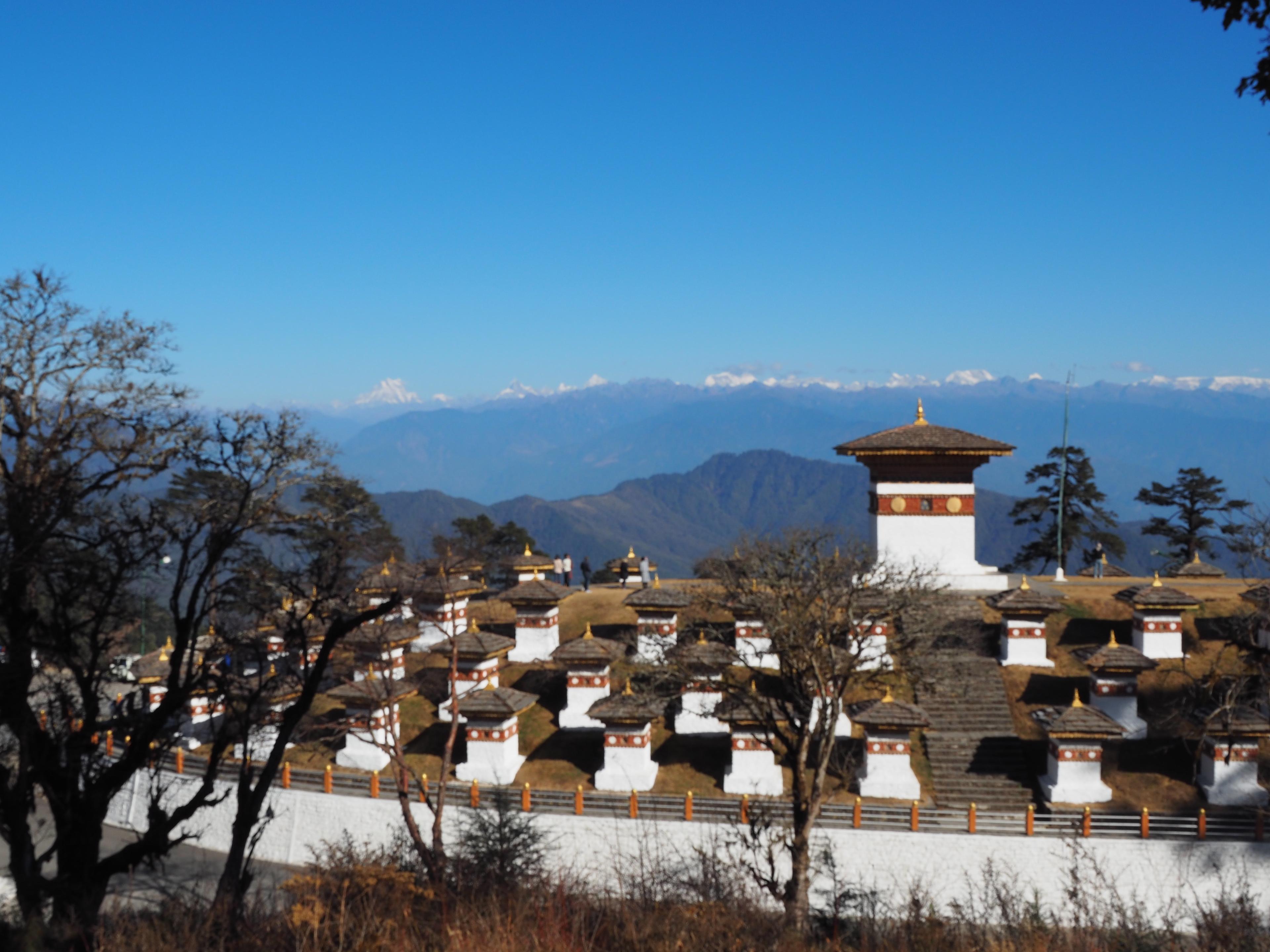You may have heard a fact or two about the country that measures Gross National Happiness and the land of hot chili peppers - but we bet there’s a lot you don’t know about Bhutan. Here’s what to know about this fascinating Himalayan kingdom and why it should be on your wander list.
1. Bhutan Uses a “High Value, Low Impact” Approach to Tourism
When you visit Bhutan, one of the most exclusive travel destinations in the world for its authenticity, cultural heritage, natural environment and remoteness, you will be held to a high standard to safeguard these very facets of the country. The country, famous for measuring and maintaining Gross National Happiness, has instituted a daily fee for all tourists. It is the government’s hope that by providing international travelers a chance to visit Bhutan, they can help promote a deeper understanding among people and respect for different cultures and lifestyles. You’ll pay a one-time visa fee, as well as $200 to $250 fee per night of your visit.
2. The Bhutanese Take Their Happiness Seriously
Who can’t respect a country that measures its success by Gross National Happiness? The four pillars of the index are sustainable development, environmental protection, cultural preservation and good governance. Wondering why you’re paying that tariff while visiting? It’s to infuse this same sense of commitment to and respect of Bhutan’s revered principles.
3. Chili Peppers Are Everywhere

Bhutan turns up the heat with its love of peppers. Instead of using chili as spice, the Bhutanese eat them up like vegetables. You’ll find chili in practically everything you eat there, including the popular ema datsi curry, made of chilies and cheese. And you’ll see them everywhere, hanging on a line from a window or on the rooftop for drying. Some of the hottest chilis in the world are grown here and the Bhutanese have learned to preserve many of them, either in the sun or by smoking them. They’re considered one of the best delicacies from the region.
Photo by Susan Tuckey, Penguins2PolarBears, December 2016 - A typical, delicious, Bhutanese dish
4. Archery Is the National Sport
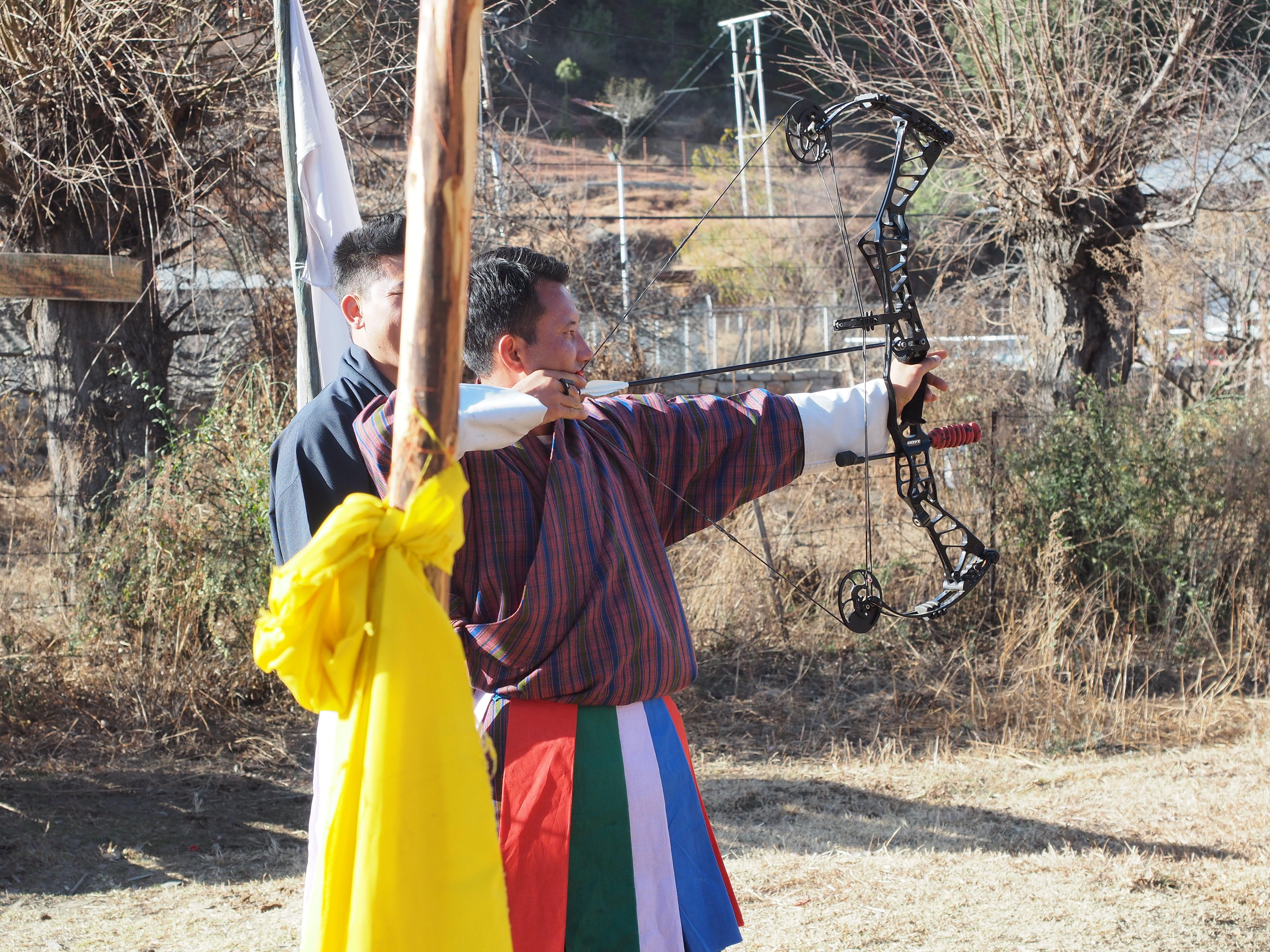
A bull’s eye is cause for much celebration in Bhutan - archery is the national sport and the country’s passion. Look for crowds of men in patterned, multicolored robes on the hillside, in fields and in stadiums taking their turn at shooting arrows. Typically, you’ll also see neighboring village residents heckling the men and their cheerleaders, dressed in their finest silk. Every village in Bhutan has an archery field - the biggest and most important is Changlimithang Stadium in Thimphu.
5. You Can Visit a Monastery That Hangs Off a Cliff
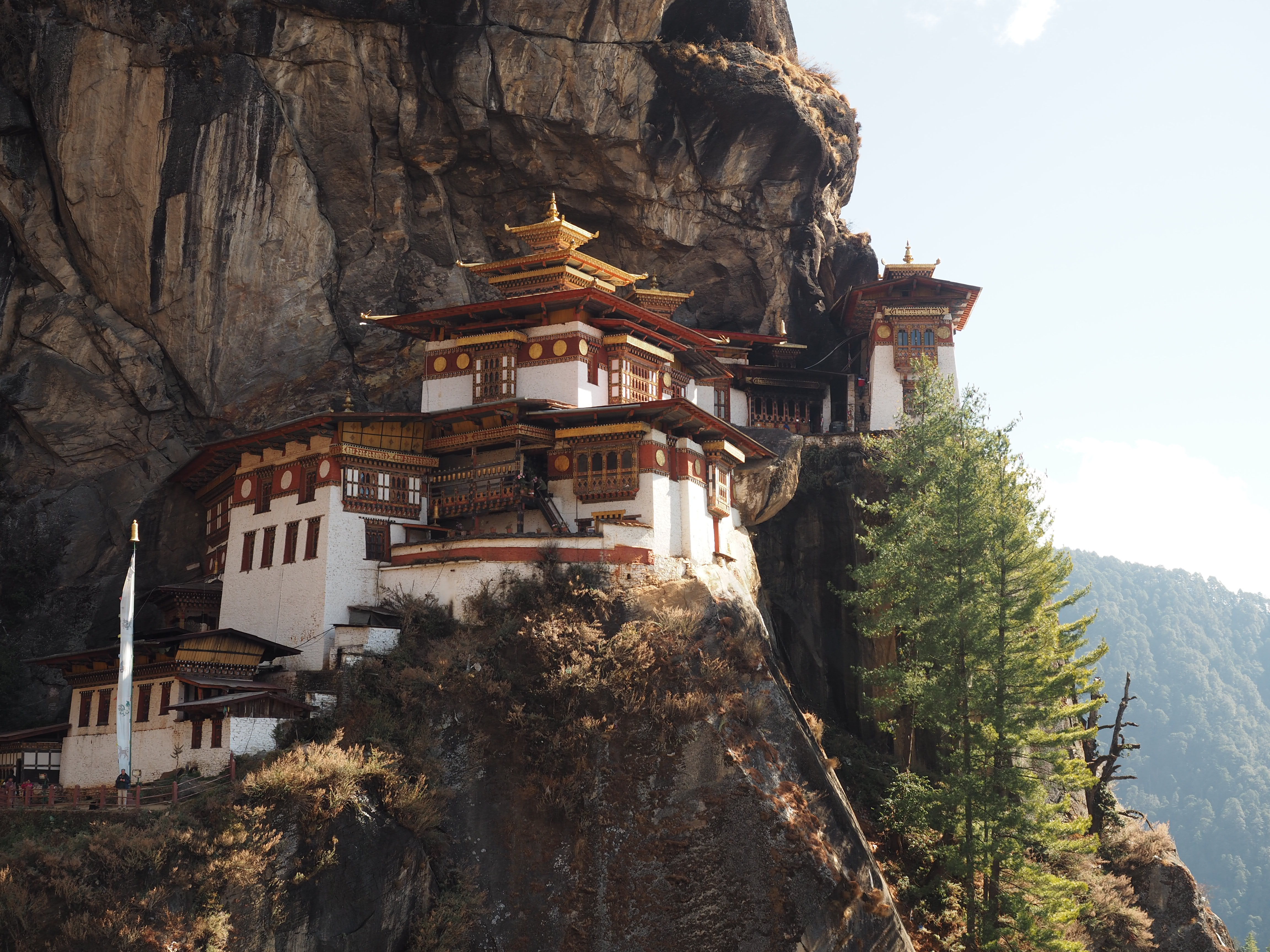
Don’t miss the chance to visit the Tiger’s Nest Monastery, which clings to a cliff face nearly 3,000 feet above the Paro Valley. Famous for its striking, vertiginous setting, the elaborate monastery has been rebuilt twice after fires. The only way there is on foot, but it’s one of the most stunning hikes you’ll ever take.
6. Bhutan Takes Conservation Seriously
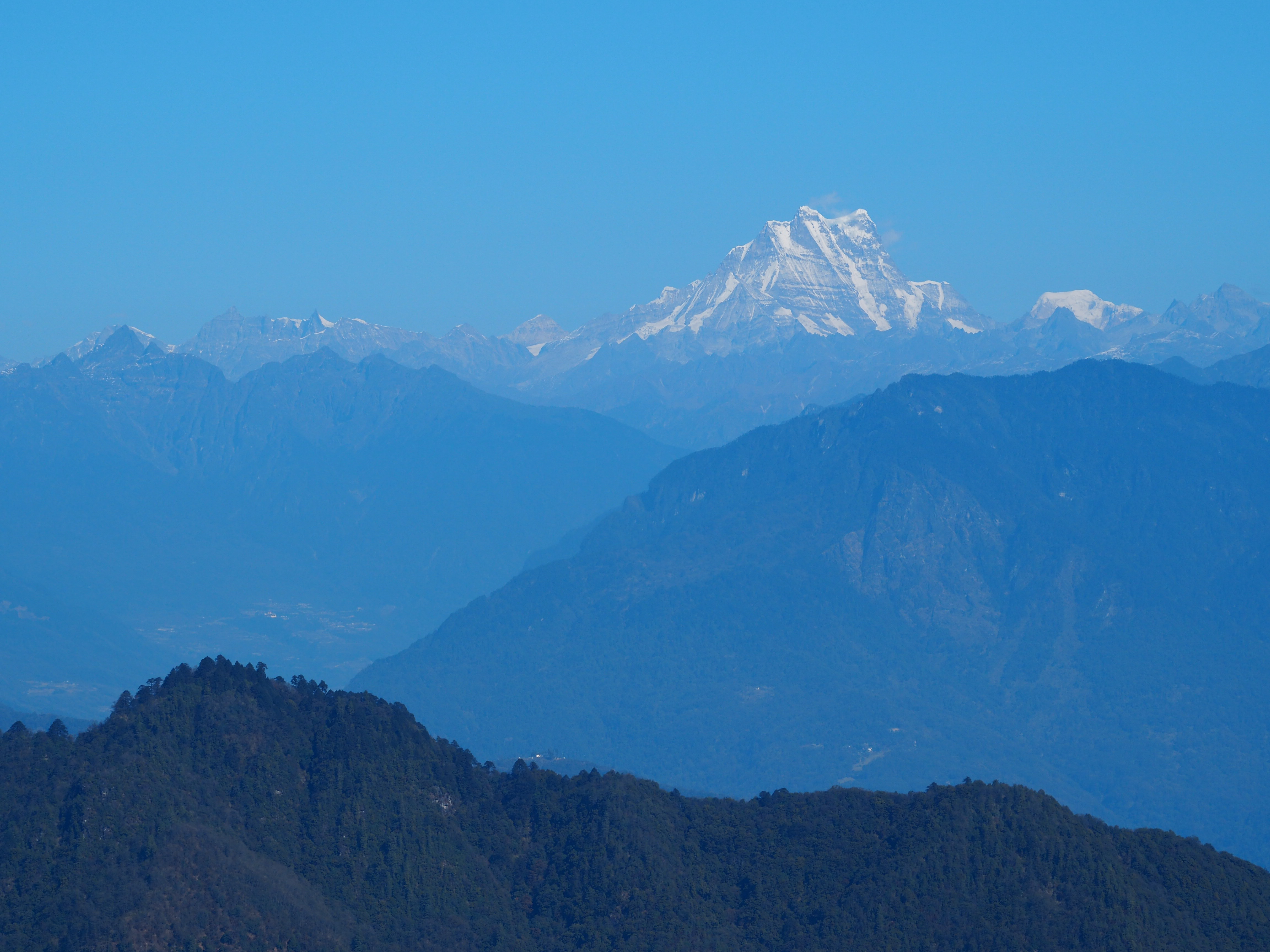
The environment is of supreme importance to Bhutan. They were the first country to make protecting the environment a constitutional law - including a policy that makes sure 60 percent of the country remains covered by forest. Additionally, Bhutan is the world’s only carbon-negative country - oh, and they banned plastic bags way back in 1999. Also noteworthy is Bhutan's Gangkhar Puensum mountain, higher than 7500 meters, is prohibited from being climbed by national law. Mountains are considered extremely sacred and are home to gods and spirits. Considering the way that climbers have polluted Mount Everest, its nice to see a law that preserves Gangkhar Puensum's natural splendor.
7. One of Bhutan’s Exports Is Hydropower
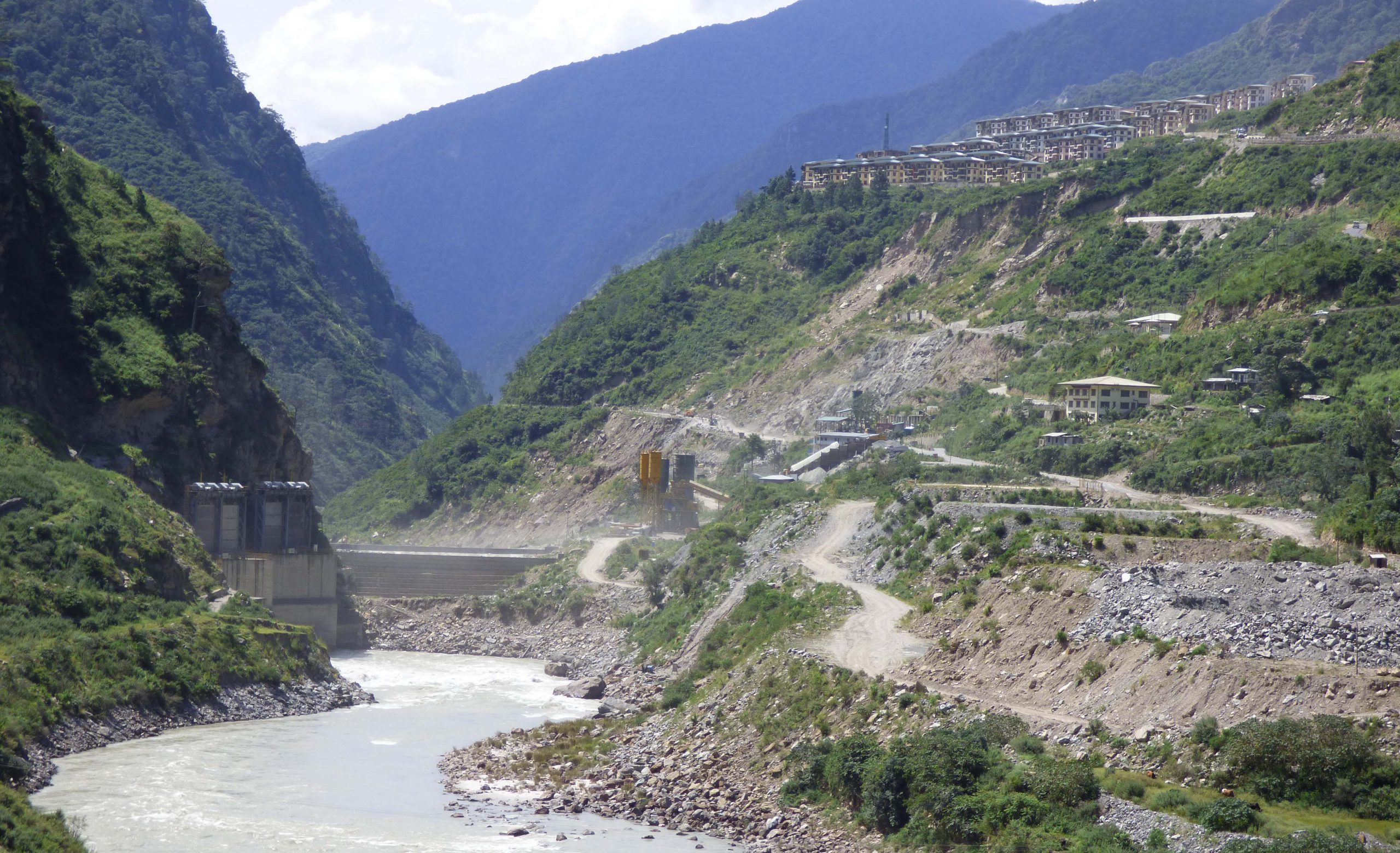 Photo credit: Wikipedia
Photo credit: Wikipedia
In addition to timber, tourism, cement, agricultural products and handicrafts, Bhutan exports hydroelectric power to India. Bhutan’s landscape and rainfall make it an ideal source of hydropower and the country relies financially on this important export. Hydropower exports contribute approximately 40% to Bhutan's revenue and 25% of its GDP.
8. There’s a Recognizable Bhutanese Architectural Design in Homes and Other Buildings
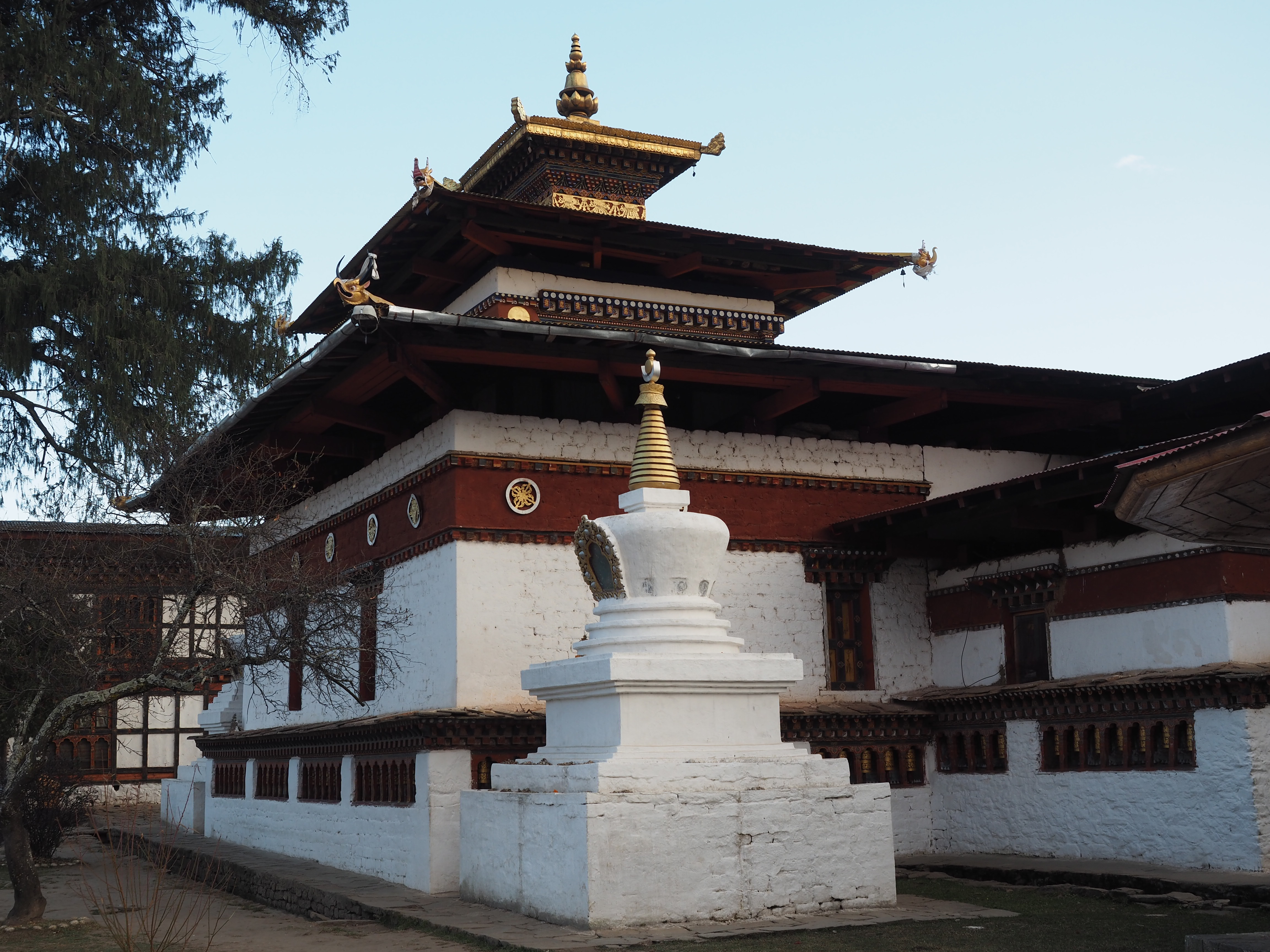
Many of the places you’ll visit in Bhutan, you’ll recognize a similar traditional house design. Many of these homes and buildings were constructed using plans and skills that were passed from generation to generation. Most earth, timber and stone houses follows one of these architectural designs, giving both cities and more remote regions a striking and recognizable appearance:
- Dzong:Imposing fortress-style buildings used to house administration and religious offices. The distinction architectural style used in the roofs of religious buildings and dzongs are prohibited in home design.
- Traditional Homes: Typically two- to three-story houses in villages, with a ground floor for animals and the upper floor(s) for family and an open attic for harvested crops and drying chilis (the attic is accessed via a ladder carved out of a whole tree trunk). Walls are constructed with beaten earth and stones and the windows have timber shutters. Roofs have a white flag atop them.
- Chortens: Similar to dzongs, with distinctive whitewashed walls, a red band near the top, elaborate carvings, brightly painted windows and golden roofs.
9. Bhutan Is Considered the Last Shangri-La
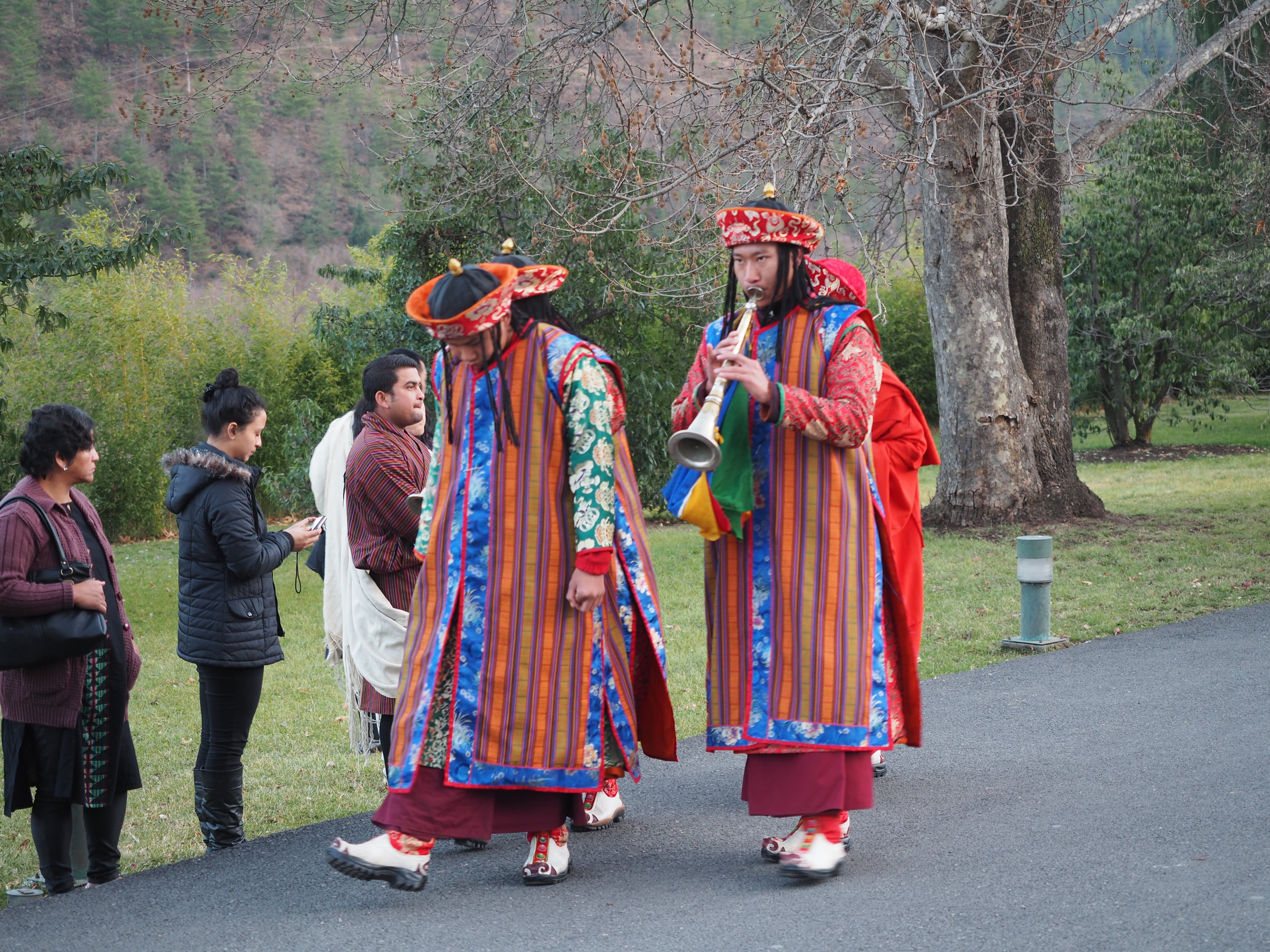
The last Himalayan kingdom, Bhutan has only been open to the public since the 1970s. During your visit, you’ll find a remarkable sense of remoteness and serenity. Picture-perfect landscapes are dotted with fortresses and monasteries. Village folks gather for colorful festivals in traditional medieval dress. And mythical animals roam the land, including the national animal, the takin, which is related to the antelope, ox, sheep and goat.
10. In Bhutan, Education and Healthcare Are Free
Yet another reason Bhutan seems to have its priorities straight (see dedication to environment culture above), the country provides its residents education and healthcare at no cost. The government does not charge tuition fees and provides school supplies to children living in rural areas. Basic healthcare at hospitals and health clinics is also free, which has led to a drop in infant mortality and increased life expectancy.
Ready for a remote and truly enlightening journey? Let’s chat about Bhutan.

